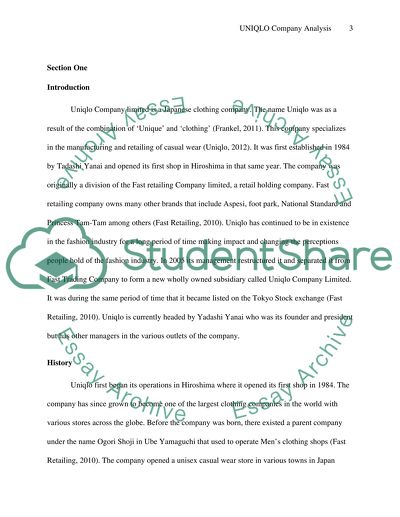Cite this document
(“UNIQLO Company, Global Marketing Analysis Essay”, n.d.)
Retrieved from https://studentshare.org/marketing/1394551-global-marketing-uniqlo
Retrieved from https://studentshare.org/marketing/1394551-global-marketing-uniqlo
(UNIQLO Company, Global Marketing Analysis Essay)
https://studentshare.org/marketing/1394551-global-marketing-uniqlo.
https://studentshare.org/marketing/1394551-global-marketing-uniqlo.
“UNIQLO Company, Global Marketing Analysis Essay”, n.d. https://studentshare.org/marketing/1394551-global-marketing-uniqlo.


